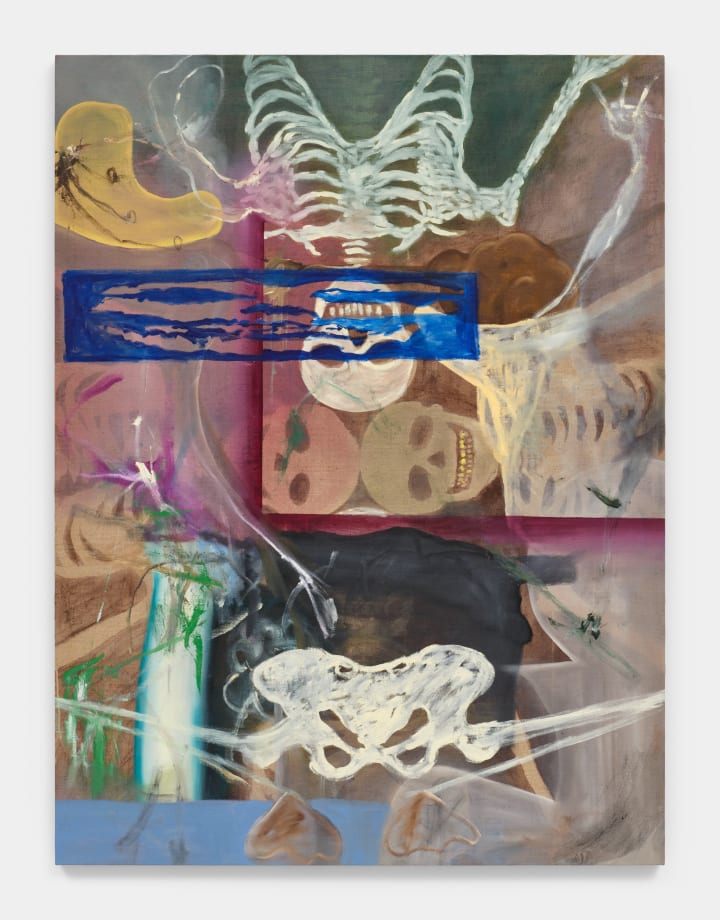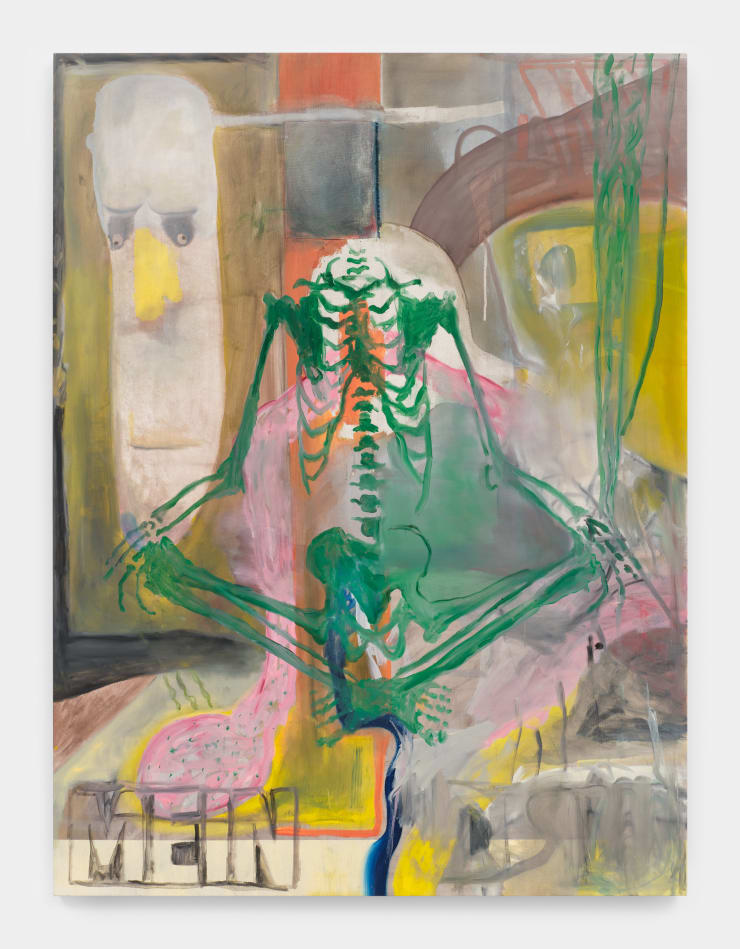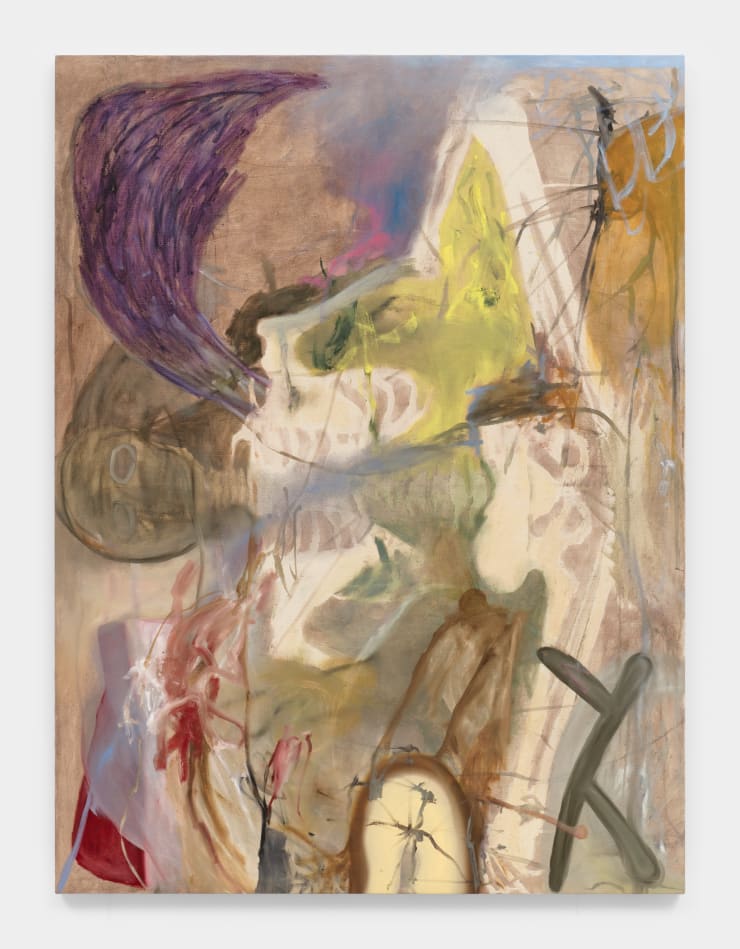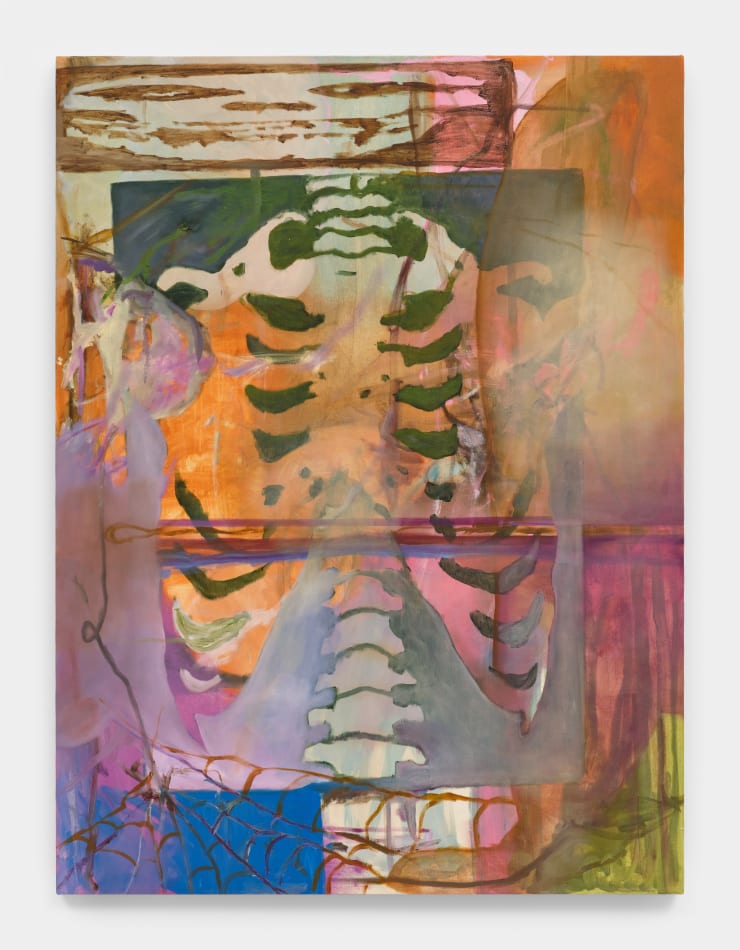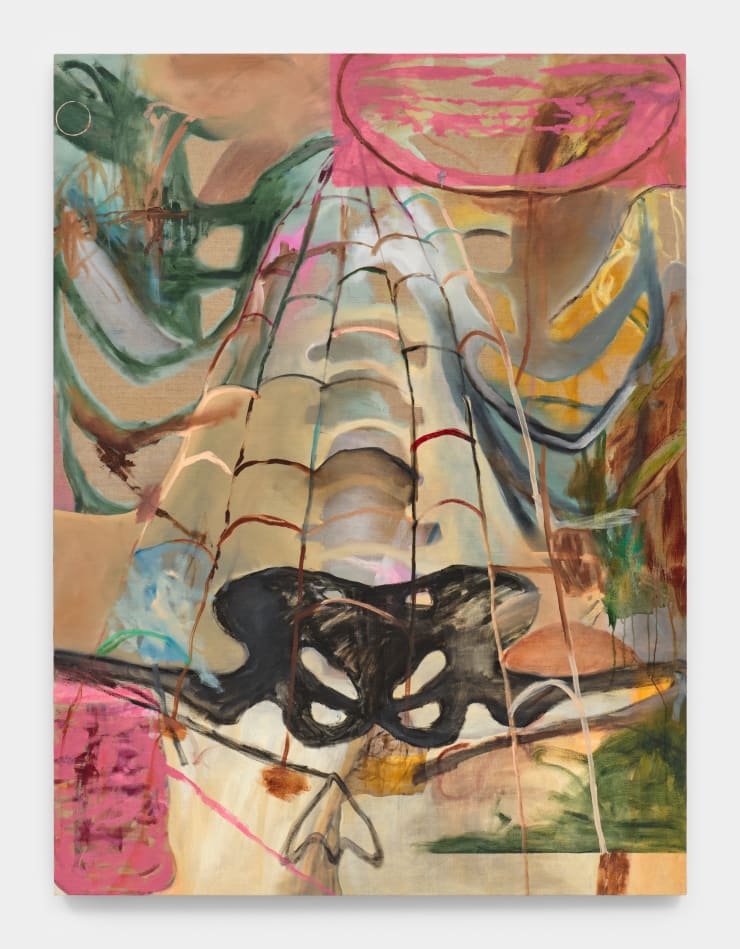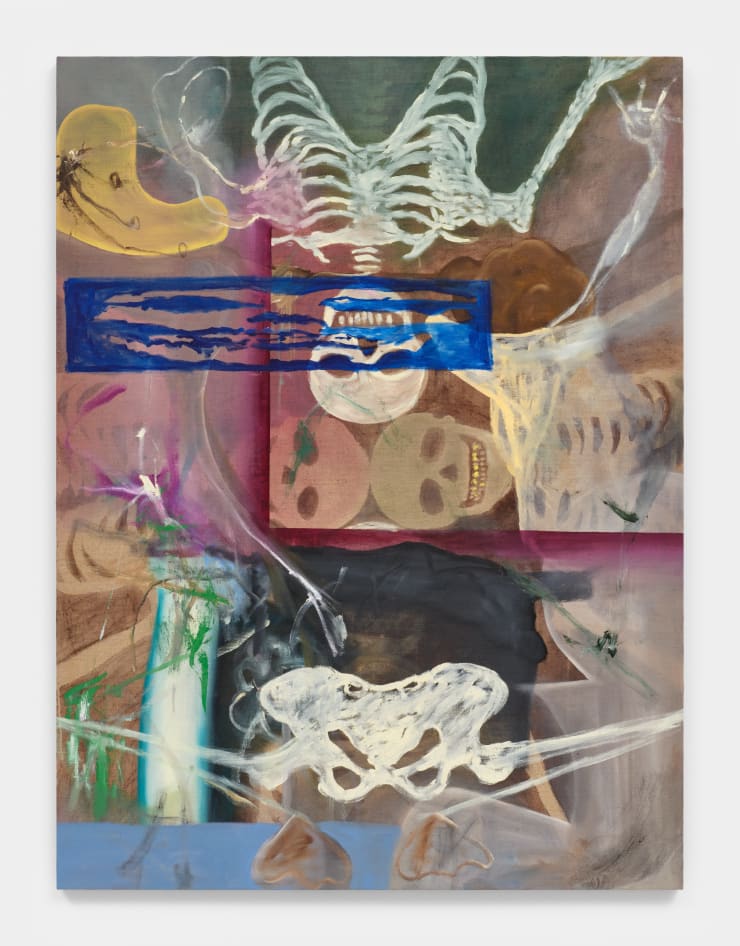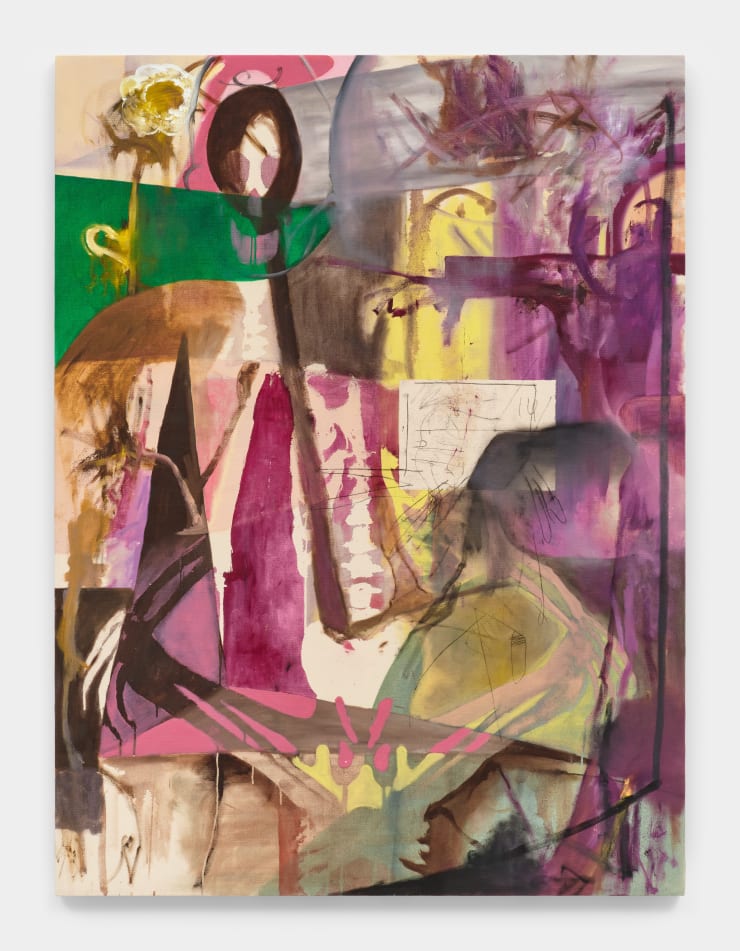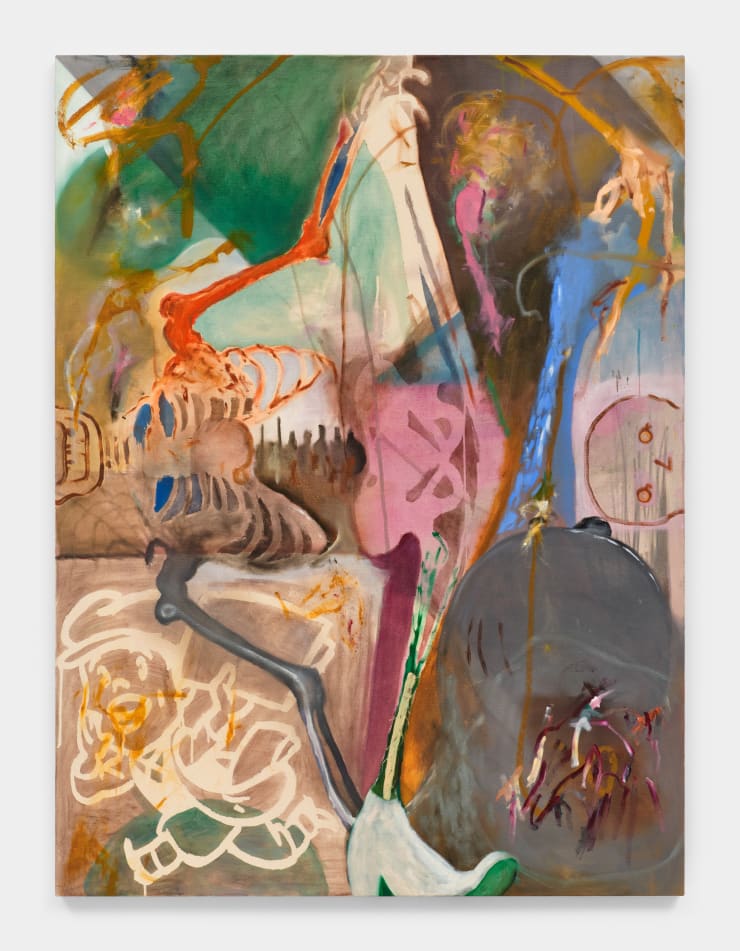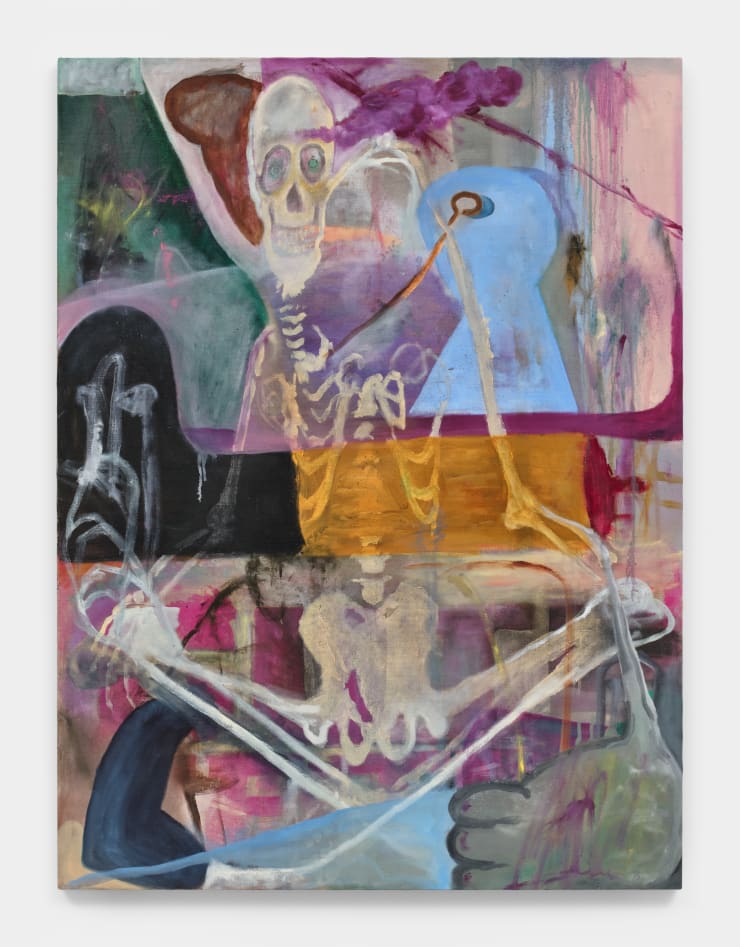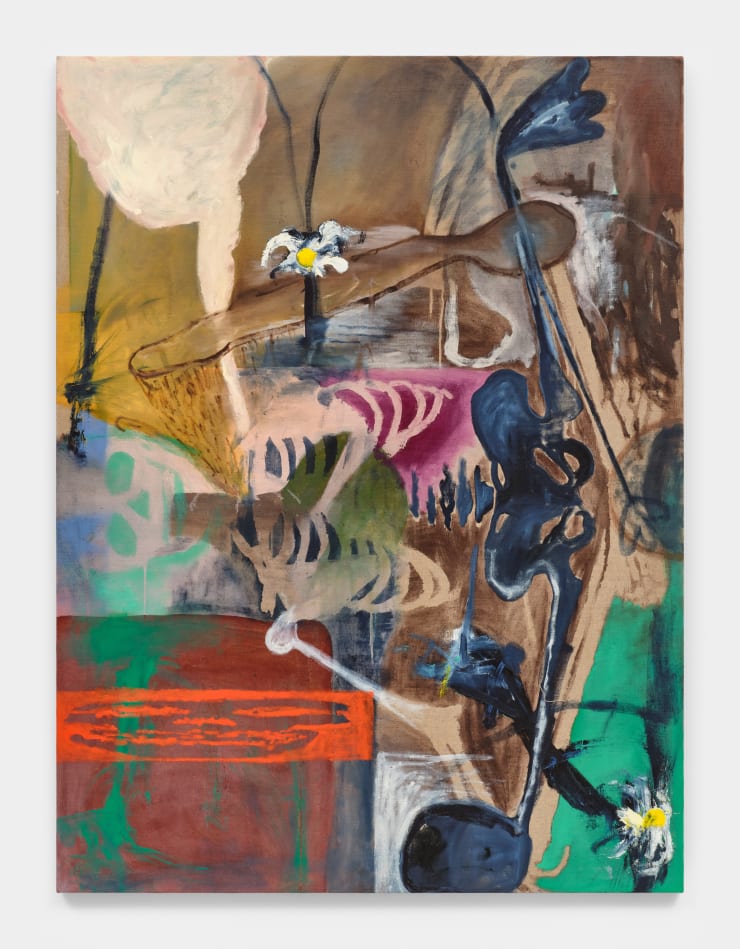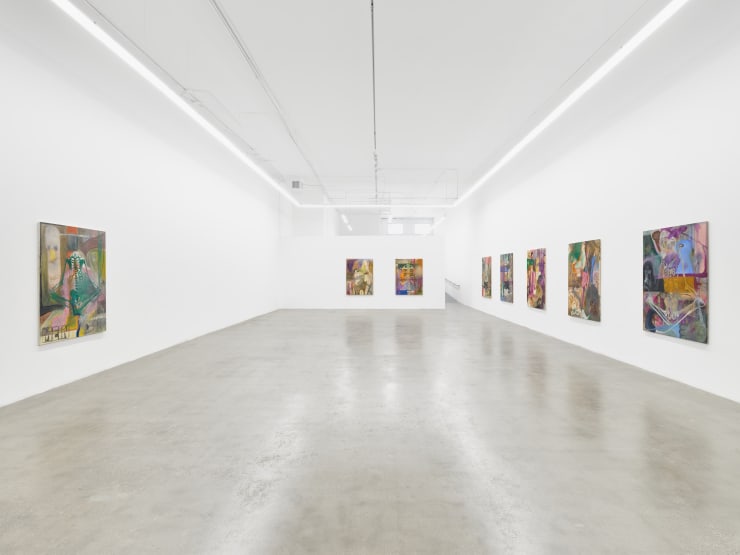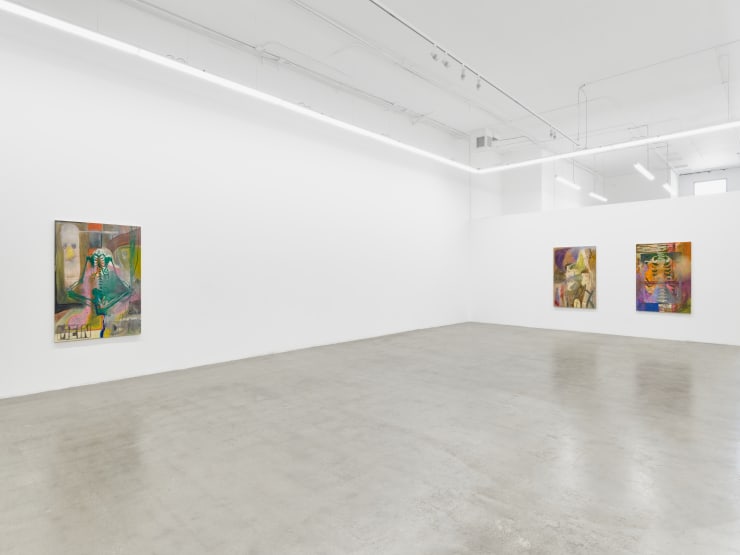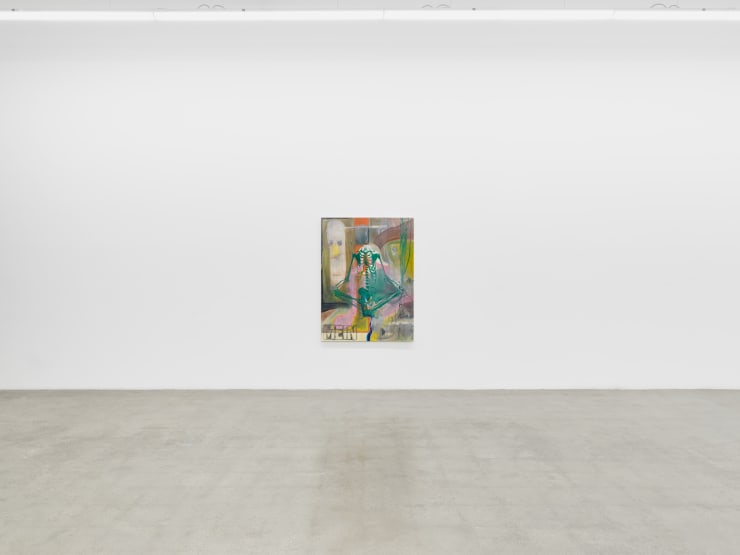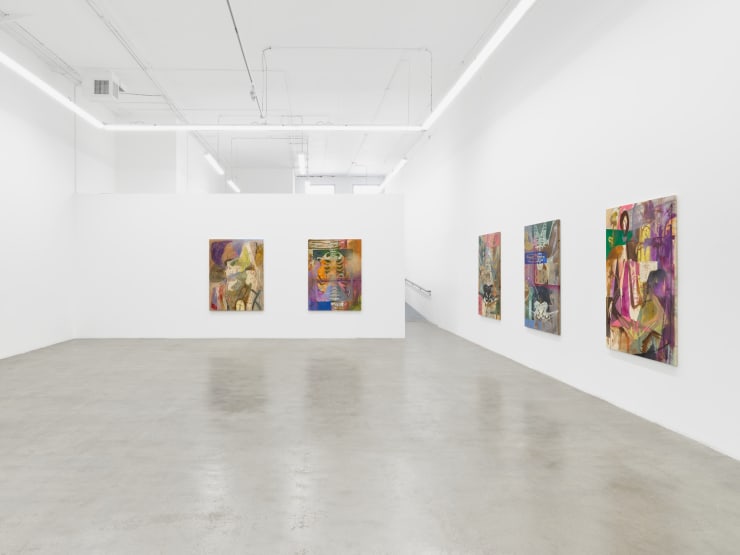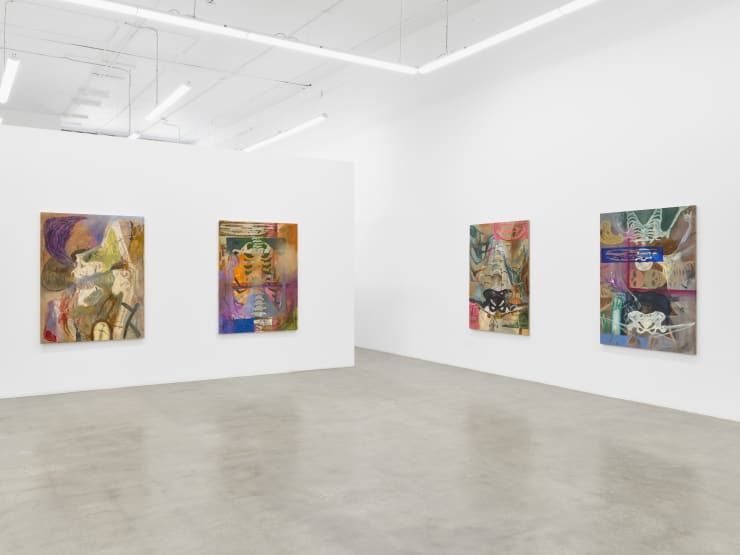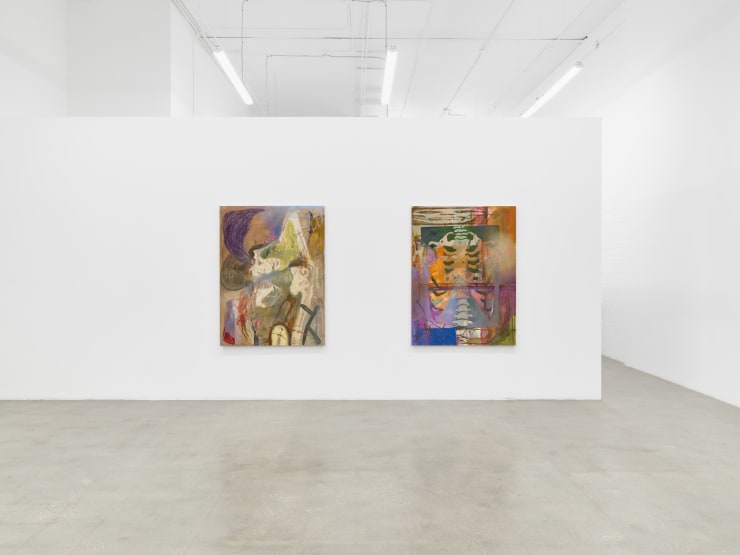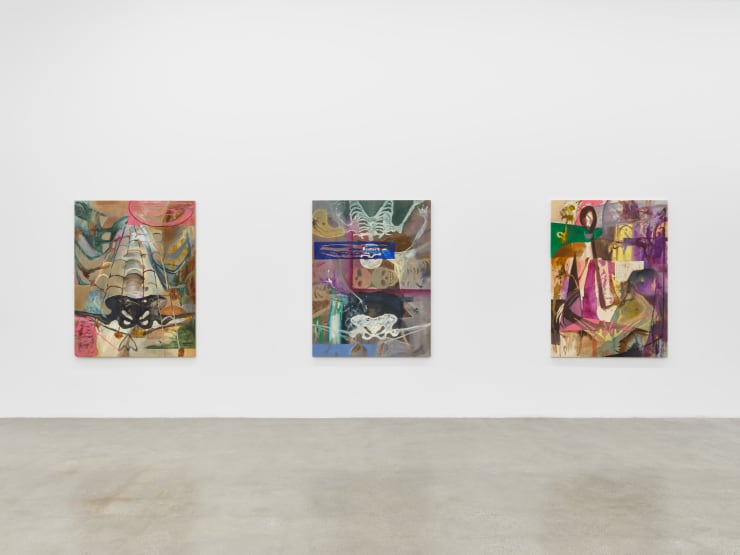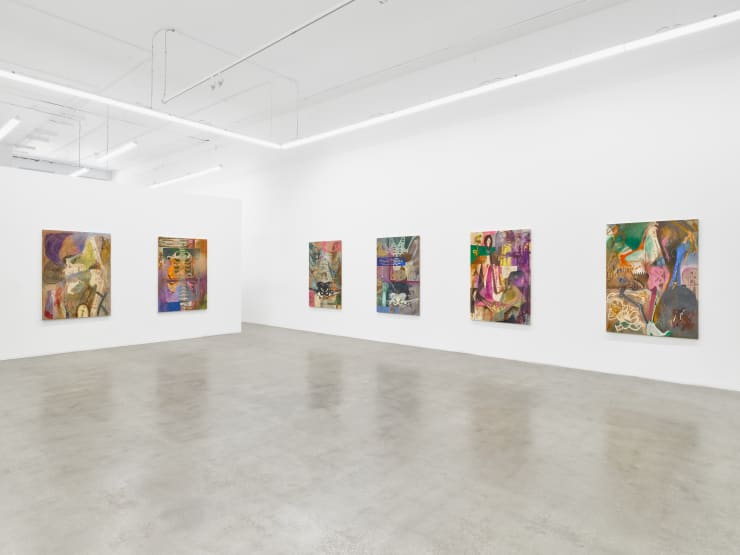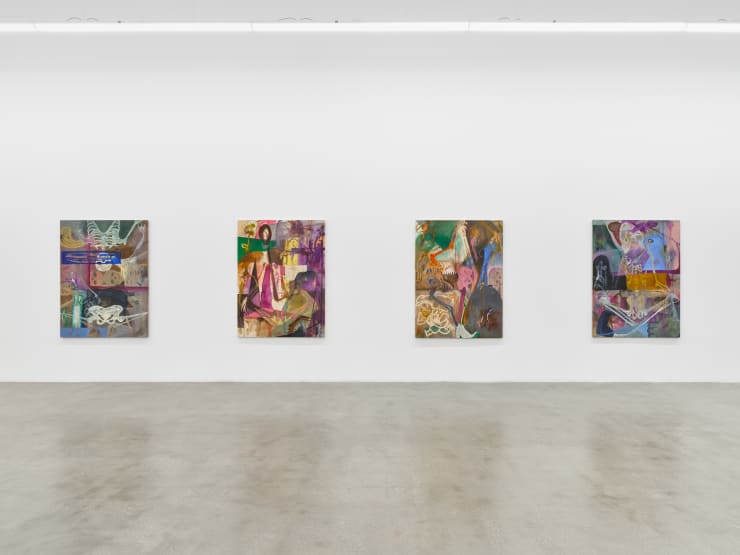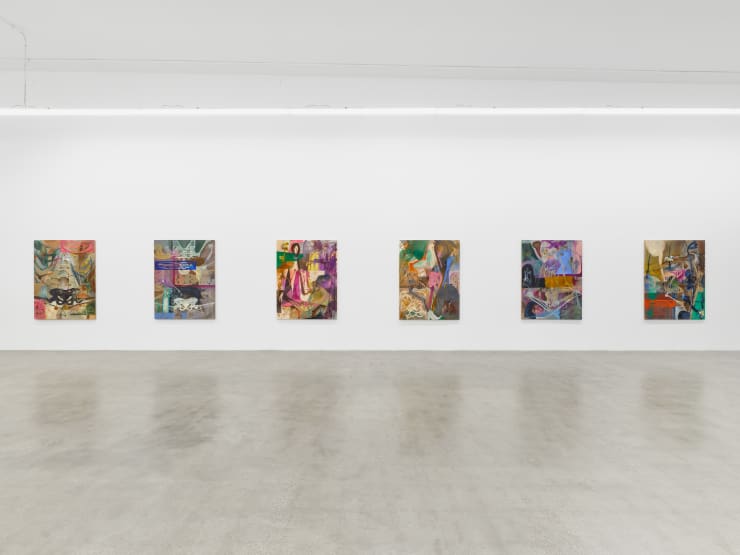Everyone has some idea of how to draw a skeleton—often a simplified, cartoonish figure that lacks anatomical accuracy but captures an essence familiar to all. This almost comical portrayal is a far cry from the complex, interwoven structures that underpin our physical forms. Yet, even a child who has never seen an actual skeleton could sketch something resembling the brittle framework of the human body. Skeletons strip away individuality, leaving behind only the shared architecture of our mortality.
To know one’s skeleton is to acknowledge one’s fragility. It can serve as a stark reminder of the boundary between life and death, whether through a sudden fracture—a sharp, intrusive awareness of our vulnerability—or the morbid imagery of an exposed skull. If one’s skull is visible, it implies a dire state: the owner is either deceased, undergoing a life-threatening procedure like open brain surgery, or gravely injured. In such moments, the skeleton shifts from an abstract concept to a visceral reality.
-
 Leon Eisermann, things happen - 00:30, 2024
Leon Eisermann, things happen - 00:30, 2024 -
 Leon Eisermann, mit Flügel, 2024
Leon Eisermann, mit Flügel, 2024 -
 Leon Eisermann, X-Ray gogs, 2024
Leon Eisermann, X-Ray gogs, 2024 -
 Leon Eisermann, Cosmic dramas unfold, 2024
Leon Eisermann, Cosmic dramas unfold, 2024 -
 Leon Eisermann, Der undankbare Raum (the ungrateful room), 2024
Leon Eisermann, Der undankbare Raum (the ungrateful room), 2024 -
 Leon Eisermann, Just a bunch of trashy daydreams, 2024
Leon Eisermann, Just a bunch of trashy daydreams, 2024 -
 Leon Eisermann, Carcass Boy, 2024
Leon Eisermann, Carcass Boy, 2024 -
 Leon Eisermann, Nicotine in retrograde, 2024
Leon Eisermann, Nicotine in retrograde, 2024 -
 Leon Eisermann, Guestlist, 2024
Leon Eisermann, Guestlist, 2024
